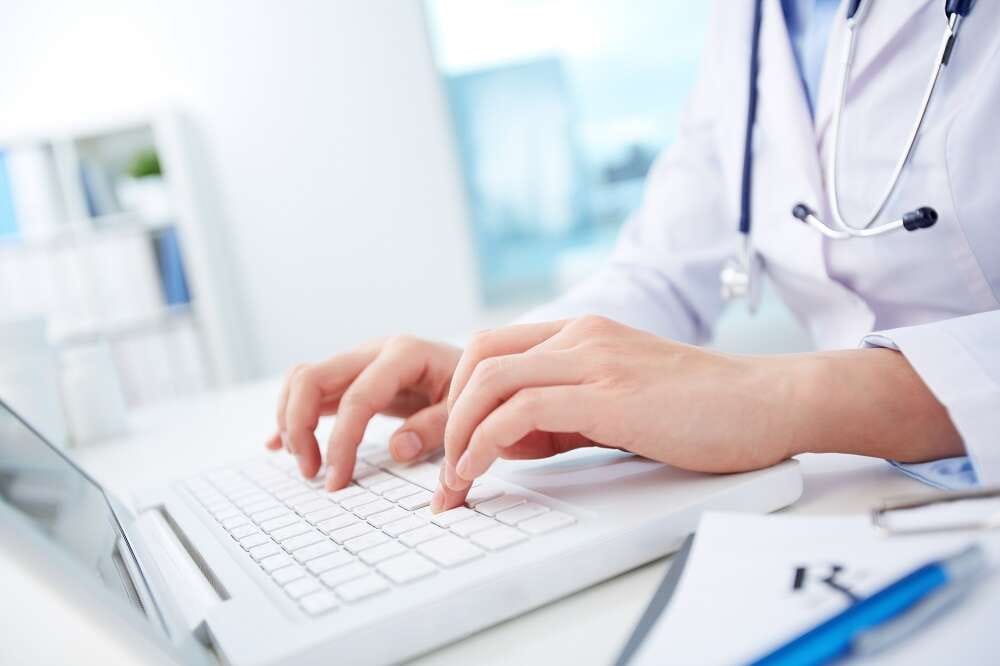
By David Hancock, Healthcare Executive Advisor, InterSystems
Healthcare services face a challenging winter. With rising coronavirus cases and the threat of new variants, a huge backlog and heightened pressure on staff, the next few months could present serious problems for our healthcare system. The need to think differently and innovatively has never been more imperative.

David Hancock, Healthcare Executive Advisor, InterSystems
Whilst remote monitoring technology is no silver bullet, its benefits in healthcare recovery are undeniable. Placing a large volume of patients who need medical treatment in a hospital with other patients who are suffering from a highly contagious and potentially life-threatening virus can have devastating consequences. Using remote monitoring can allow clinicians to treat and manage patients, minimising the time they spend in hospital and reducing their risk portfolio. Additionally, being able to manage patients with long term conditions and to enable patients to be actively involved in their own care, treatment and support through digital monitoring technology, can build confidence, compliance and improve outcomes whilst improving efficiency. It can extend the clinical relationship, enabling professionals to access valuable information, monitor patients more closely and improve the care they provide. With health spending decreasing and teams tightly resourced, remote monitoring can be a vital aid in productivity and capacity.
Take for example, a US study at Brigham and Women’s Hospital in Boston. This first pilot of its kind showed that care at home using remote monitoring technology not only improves outcomes but also reduces costs by 40 per cent. Even better, participating patients were 70 per cent less likely to be readmitted. Of course, there are risks but the potential to deliver a high quality, safe and excellent patient experience was apparent.
And across the UK, medical grade wearables and devices has enabled the gathering of data to identify those at risk from Covid, mitigate transmission, reduce hospital admissions and even the need for personal protective equipment. In Northampton, staff monitored chronic illness in patients recovering from coronavirus infections, while in Liverpool, the remote use of blood oximeters enabled virtual wards rounds in people’s homes for those with Covid symptoms.
Propelled by the pandemic, we are on the edge of something remarkable in remote monitoring. But as with all innovation, there are valuable learnings to consider.
- Data overload and subsequent interpretation by different teams is a concern for GPs and clinicians. Data generated by remote devices must be integrated back into a GP’s system so they can continue to effectively maintain their doctor-patient relationship. Remote monitoring has risen to the challenge in specific pandemic-related scenarios but finding long-term solutions and establishing system-wide integration are critical factors for success.
- Avoiding data overload means that the devices need to be able to help teams manage by exception. This could be notifications to the care team or even recommended interventions for the team to make. But having medical devices that make decisions gives them a Class II device status with a far stricter set of manufacturing criteria. This has not been helped by the new EU Medical Directive, which came in effect from May this year, tightening the rules and regulations around device classification.
- Business case approval for remote monitoring remains a significant issue, not least because so many devices require their own infrastructure. Therefore, the justification often must include sizeable running costs and large set up costs. Including shared infrastructure from the outset is crucial for cost-effectiveness and decision maker approval.
- The most attractive option to surface data from remote devices is through integration with a 3rd party Electronic Medical Record (EMR). However, the provenance, accuracy or preciseness of data from remote devices to an EMR cannot be guaranteed. EMRs are built in a way where they own much of the Master Data and where they assume they own certain data. As a medico-legal record, the data entered by an EMR from 3rd party applications must be very carefully managed. Yet another argument for having separate teams using standalone systems to support their patients.
The better alternative is to use SMART (Substitutable Medical Applications and Reusable Technologies) on FHIR (Fast Healthcare Interoperability Resources). This provides a straightforward way for third party apps to authenticate and integrate with other healthcare applications, including EMRs, with very little set-up. Many EMRs support this standard, so the remote monitoring software could aggregate the data for each patient into an application that enables SMART on FHIR. By standardising these processes, healthcare providers can utilise more apps, and more apps can be written for a wider audience.
Undoubtedly remote patient monitoring is changing the healthcare industry, and the significant potential for applying remote systems has surfaced during the pandemic. Digitally-enabled care provides new possibilities for healthcare providers, the teams and their patients.
But careful planning for IT integration, choosing the right application and creating the right infrastructure is going to be paramount. With these important foundations in place, remote monitoring devices can bolster NHS resilience and lead the way in the modernisation of our healthcare provision.


